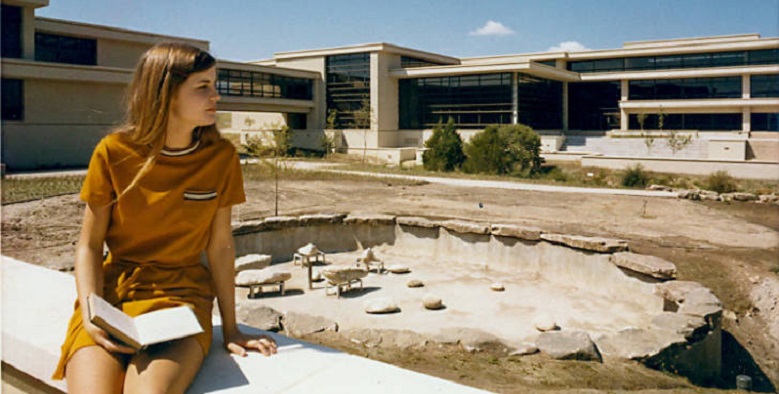Welcome back students!
Whether it’s your first class — or last — at Dallas College, the school is committed to providing you a top-notch educational experience and laying the groundwork for you to pursue your educational and professional dreams.
As the school’s first president and CEO Bill J. Priest wrote in the inaugural “Chancellor’s Report” following the 1966-67 school year, the district is “committed to serving a vital, dynamic and rapidly changing community.”
Those words ring true even to this day.
Since you’re now officially a part of the Dallas College community, here are some interesting facts you may or may not have known. Hey, at the very least you’ll impress at your next Dallas College trivia night.
- Dallas College is the third name in the district’s history. When it was established in 1965, it was known as the Dallas County Junior College District (DCJCD). Then, in 1972, it became the Dallas County Community College District (DCCCD). Now, amid reorganization into one system in 2020, it’s known as Dallas College, serving close to 125,000 students at seven campuses and a variety of satellite centers across Dallas County.
- The district was born on May 25, 1965, when voters authorized the establishment of the district, approving $41.5 million bond issues and elected a seven-member Board of Trustees.
- The first campus was El Centro. The district purchased the land for the campus for $2.15 million on March 15, 1966. The campus included two city blocks bounded by Lamar, Main, Elm and Market streets and an old Sanger-Harris Department Store. Add in another $3-plus million for remodeling, as well as additional expenses for equipment, furniture, etc., and the total cost was $7.3 million for El Centro to open its doors to students.
- In the Fall of 1966, the first semester of the district, there were 4,047 students. Now Dallas College serves more than 120,000 credit students and 34,000 continuing education students.
- The most popular area of study when the district opened? A secretarial certificate. There were 220 students enrolled in the program. The next most popular subjects were police science and fire protection technology, which both had 150 students enrolled.
- When the district purchased the land for the additional campuses, the average cost per acre was $3,929.
- When Richland opened its planetarium in 1972, it had a Starball Spitz 512 optical projector that could project a total of 2,354 stars.
